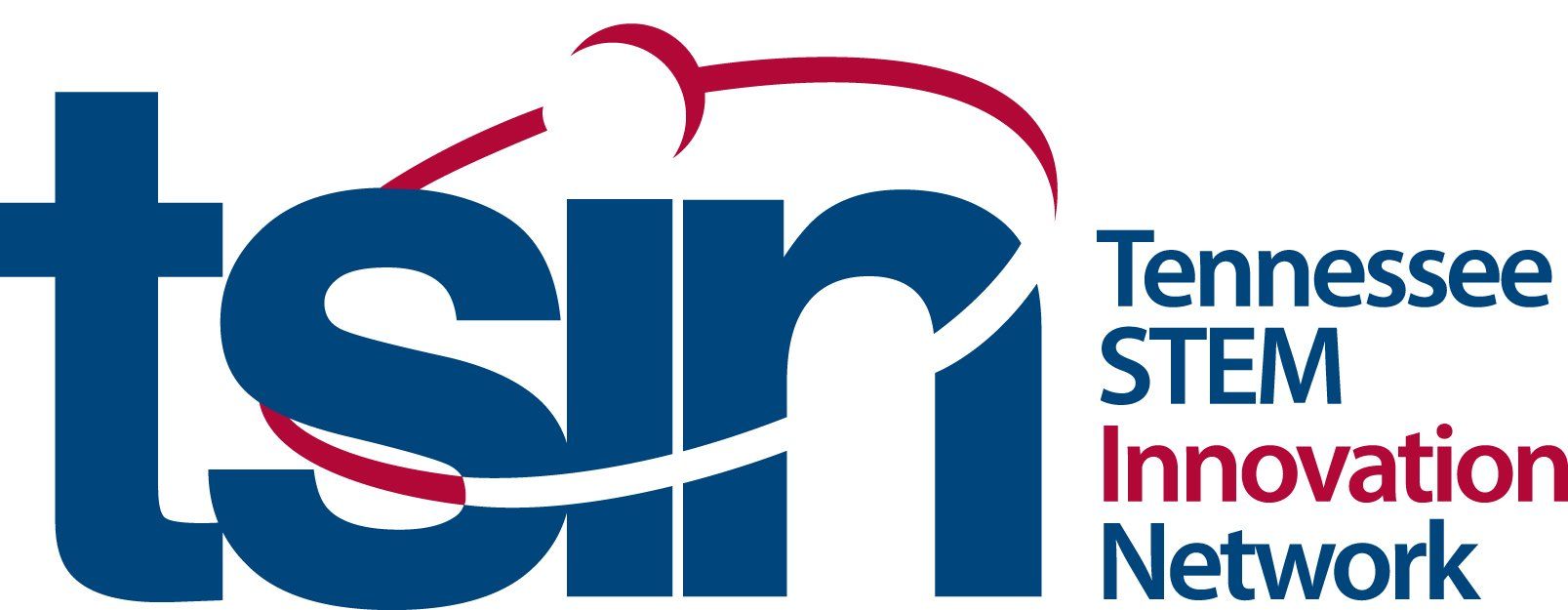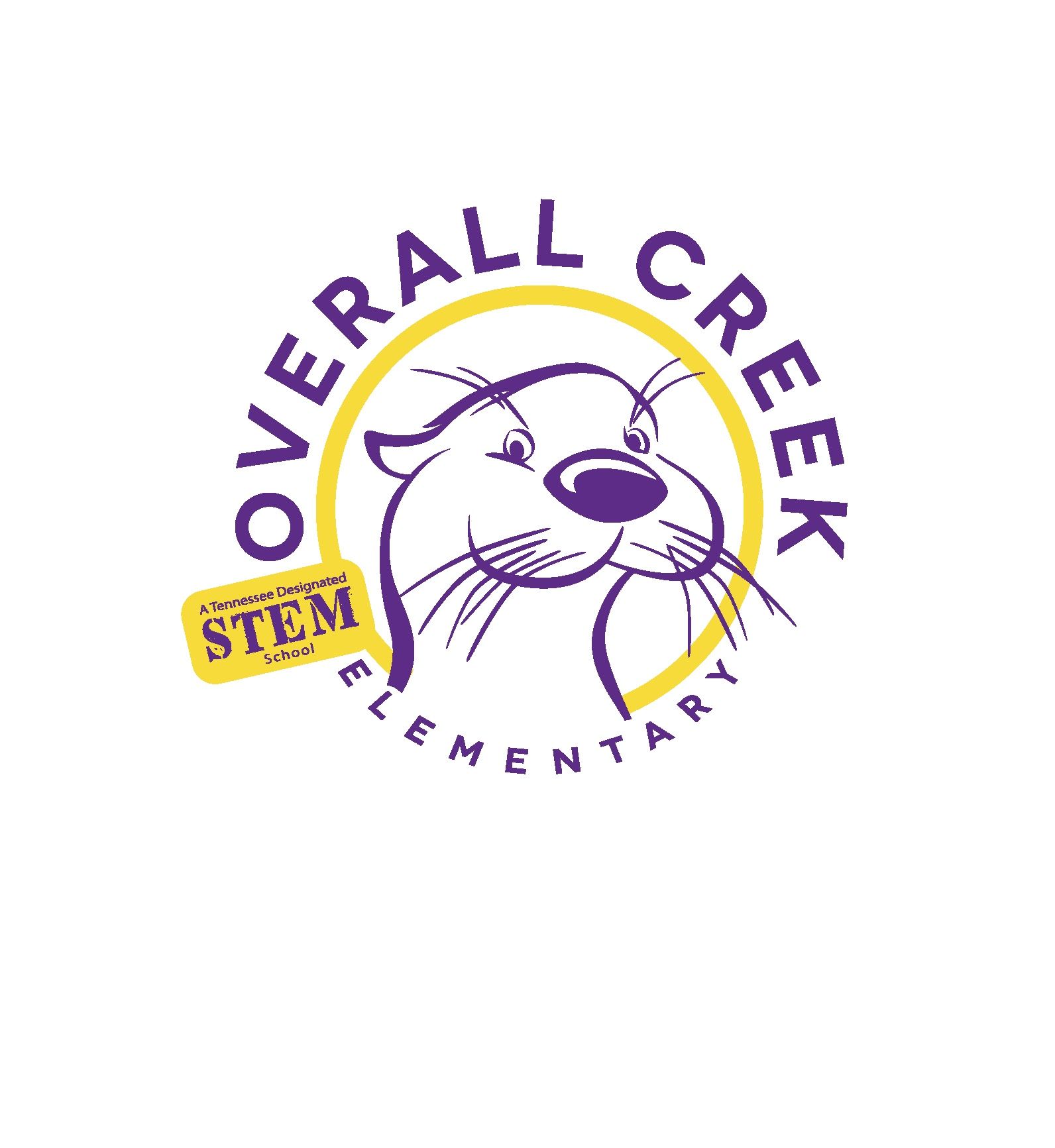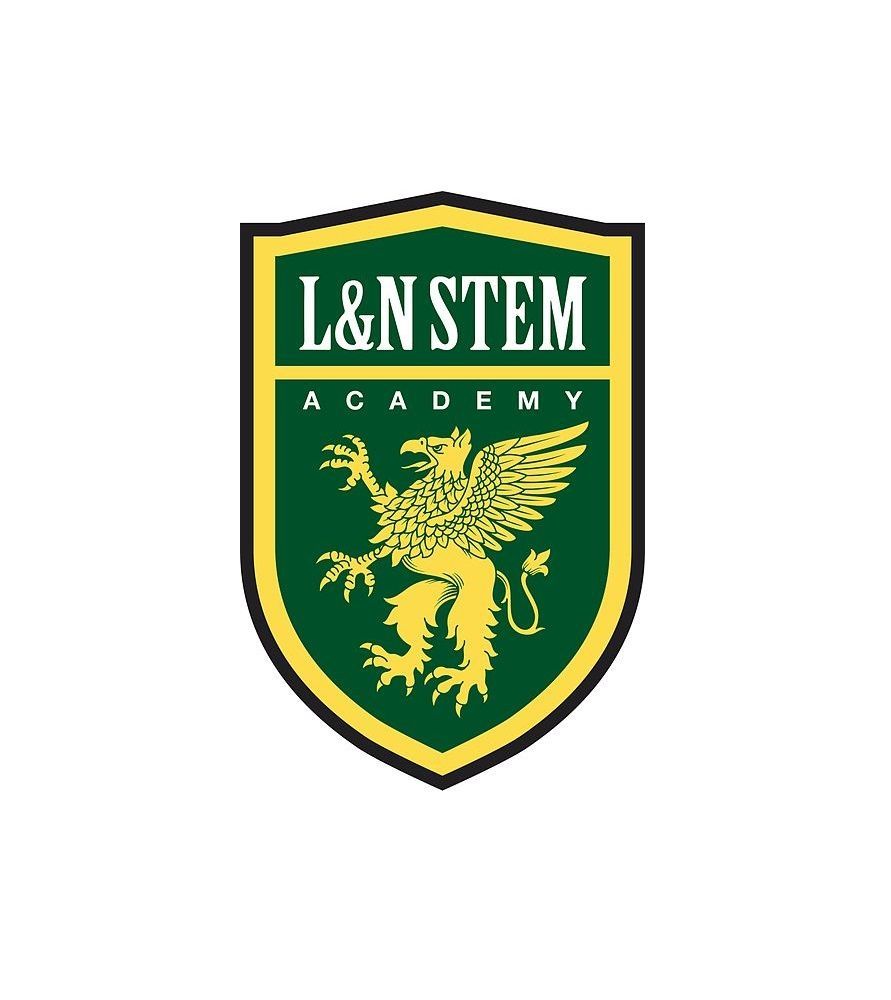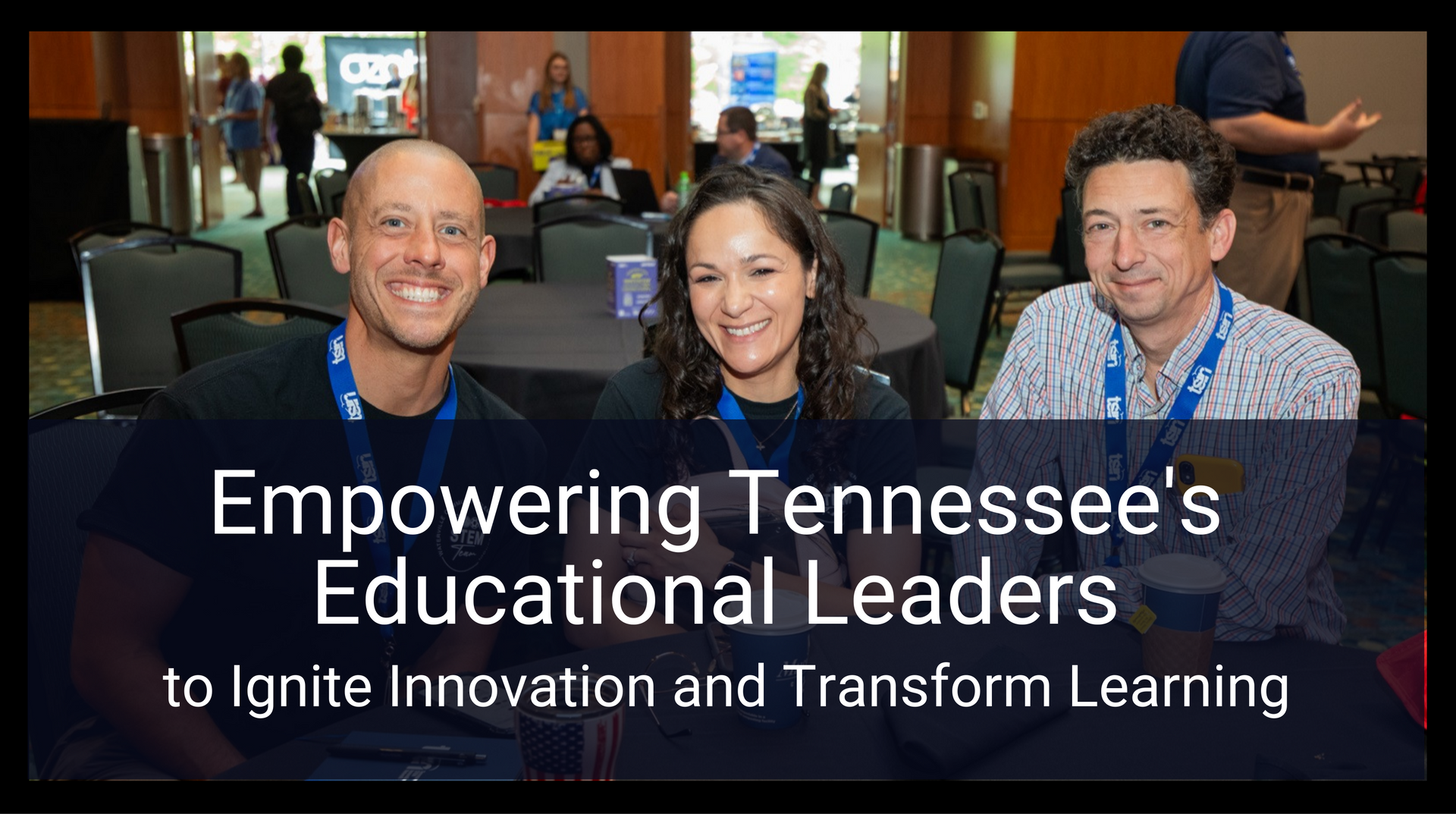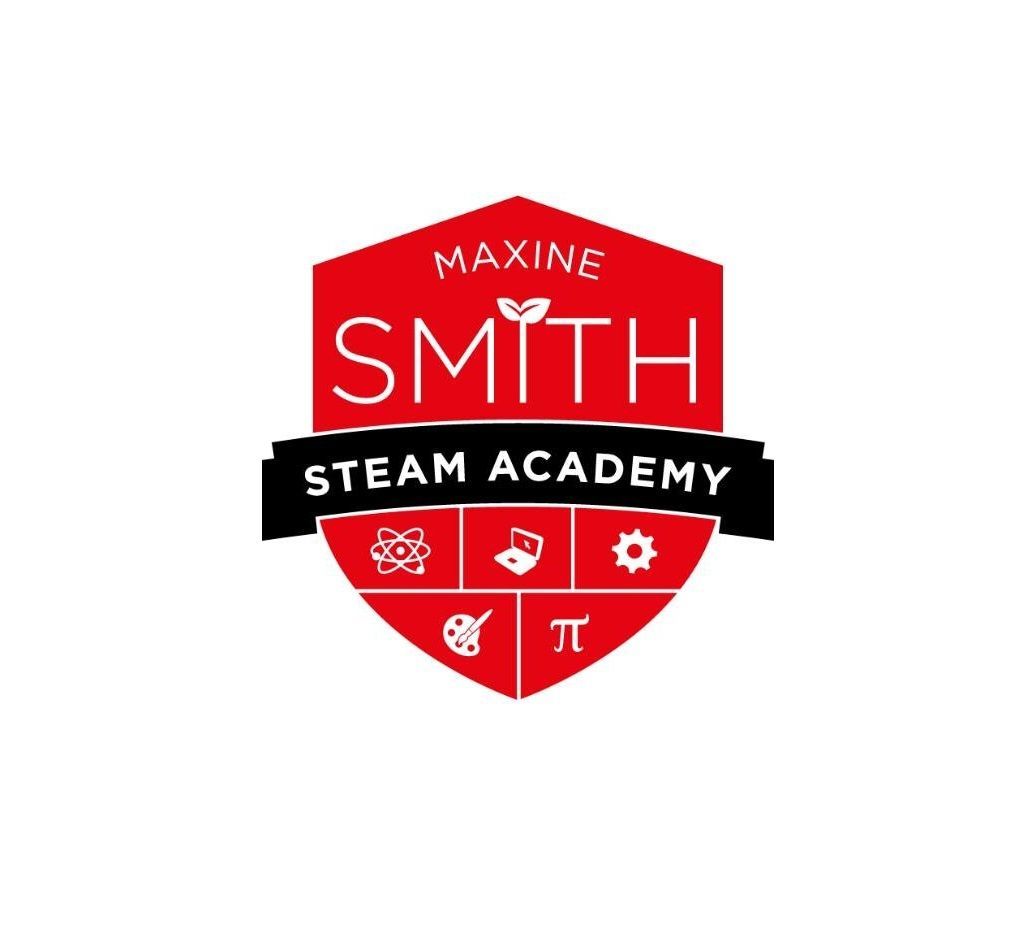STEM-Infusing the Elementary Classroom, Part III: Fostering Teacher Buy-In
If you have been following this series of posts(read post 1 here, and post 2 here), you have seen evidence of the dramatic instructional shift that has taken place in our school toward STEM-infusing our elementary classrooms. I will not pretend that we have arrived at some extraordinary final goal, that we have it all […]Read more The post STEM-Infusing the Elementary Classroom, Part III: Fostering Teacher Buy-In appeared first on Tennessee STEM Innovation Network.
If you have been following this series of posts(read post 1 here , and post 2 here ), you have seen evidence of the dramatic instructional shift that has taken place in our school toward STEM-infusing our elementary classrooms. I will not pretend that we have arrived at some extraordinary final goal, that we have it all figured out, or that our staff is completely comfortable with this drastic pedagogical change. However, in this now two-year-old process, we are further along than we expected to be in the transition. In fact, I can confidently say that every teacher has moved in this direction whether by leaps and bounds or by cautious baby steps, and we have been careful to maintain that progress is our only expectation. In doing this, we have found that our teachers have discovered the value of STEM-integration and implemented it willingly. Because of that, I have frequently been asked this question: How do you get teacher buy-in? In this final post, I would like to share several factors that I believe played a role in developing a culture of acceptance for STEM integration at my school.
Modeling:
In our school system, the concept of STEM was first introduced by adding a STEM lab to each school. At the elementary level, the students attended STEM once a week as part of their special areas schedule. As the STEM teacher, I planned and implemented cross-curricular STEM lessons, giving students a baseline understanding of the STEM habits of mind as well as the impact STEM could have on their futures. Students, who were quickly engaged by the interactive lessons, embraced STEM immediately. As students began to excitedly share what they were doing in STEM class with their homeroom teachers, it opened the door for conversation among the faculty. In this regard, the fact that our district administration believed in the importance of STEM enough to fund a position for a STEM teacher was the first step in getting our teachers to buy in. The teachers felt they had the resources and support from the administration instead of a mandated program.
Parent involvement:
In the very early days of our STEM class, it occurred to us that parent involvement would be our most precious resource. Therefore, we compiled an email contact list of all parents who were willing to volunteer in STEM class or help us gather resources for the STEM lab. We also created a blog where we posted pictures of students doing their STEM projects. As a result of these two forms of communication with parents, we had dozens of parents volunteering regularly, we collected an abundance of materials (everything from cardboard tubes to Legos), and our parent-teacher organization even raised enough money to purchase ten iPads for the STEM lab. Just by publicizing what we were doing and bringing parents on board, a tone of appreciation and support for STEM became a part of our school’s culture.
Goal setting:
At the beginning of our second year of having a STEM class in the school, a colleague and I introduced the concept of STEM integration to the faculty. We had learned about a high school where students were presented with a challenge or scenario at the beginning of a semester and all content area teachers helped students gain pieces of information necessary to design a solution throughout the term. We felt that this same concept could be applied at the elementary level but within a shorter time frame. After casting a vision for STEM-infusion, highlighting the need to teach 21st century skills, and providing sample STEM-infused lessons, each teacher set a goal for the year. Some wanted to observe STEM-integration in other classrooms, others agreed to try a project or two, while still others planned to implement STEM-infusion on a regular basis. Again, the expectation was not that the teachers fulfilled a standard minimum requirement, but that they would take steps toward moving in that direction. Consequently, most were further along in the process at the end of the year than they originally intended to be.
Sharing resources and providing support:
At this point in the transition, the STEM classroom became a resource for teachers. They came to borrow materials, to brainstorm ideas, to plan lessons, etc. In one particularly exciting incident, a teacher who was very concerned about transforming her instruction came to me to ask for help. We sat down together and looked at the material she would be teaching and began to co-plan a unit using the conceptual approach (discussed in part one.) I spent short blocks of time over the next couple of days in her classroom, sometimes teaching while she observed, and others supporting her while she taught. The very next week, I walked into her classroom to find her students participating in a new STEM-infused lesson that she had designed. With a little bit of scaffolding, she developed the confidence to step outside of the way she had always taught.
Teacher trust and autonomy:
This last element that continues to foster teacher-buy in with STEM-infusion has been essential. Our school administrators trust in the professional abilities of the teachers. They give us the freedom to make instructional decisions based on the individual needs of our students. They lead us by complimenting our strengths and making helpful suggestions to improve our weaknesses. Because of that, we have not felt pressure to make sweeping changes all at once. Instead, we have felt supported as we have tweaked and tested STEM-infusion. This atmosphere of trust and autonomy is a prerequisite for positive change.
Perhaps these factors contributing to the success we have had so far with teacher buy-in are not all together unique to STEM-integration. Many of them would work for any school transition that requires a mindset shift for all steak-holders. As far as we have come, we have forever to go. This process is part of a limitless continuum of transition towards more student-centered, thought-inspiring, and challenge-based learning opportunities for our students.
Guest Author: Miranda Reagan
The post STEM-Infusing the Elementary Classroom, Part III: Fostering Teacher Buy-In appeared first on Tennessee STEM Innovation Network.
